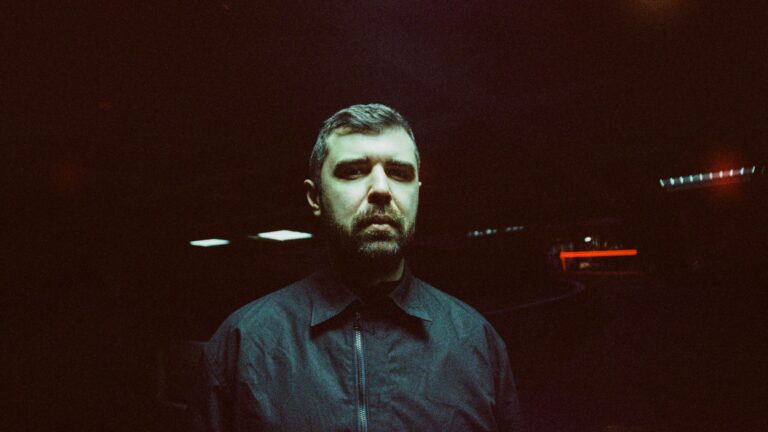All images © GEORGINA COOK
It began as a passion for documenting her local scene in Croydon… It quickly became one the key places documenting the unique, inspiring and explosive birth of dubstep.
Between the years of 2004-2007, photographer and blogger Georgina Cook’s Drumz Of The South project captured and archived some of the UK movement’s earliest and most iconic moments. From the cult images you can see here on last year’s article on the 10 year anniversary of Dubstep Warz to iconic shots of Digital Mystikz and Burial if you’ve invested any serious amount of time reading about foundational dubstep, then you’ve definitely enjoyed her art. You may have even seen her work in the Tate Modern gallery, London, when she hosted her own “Who Wants A Rewind?” installation.
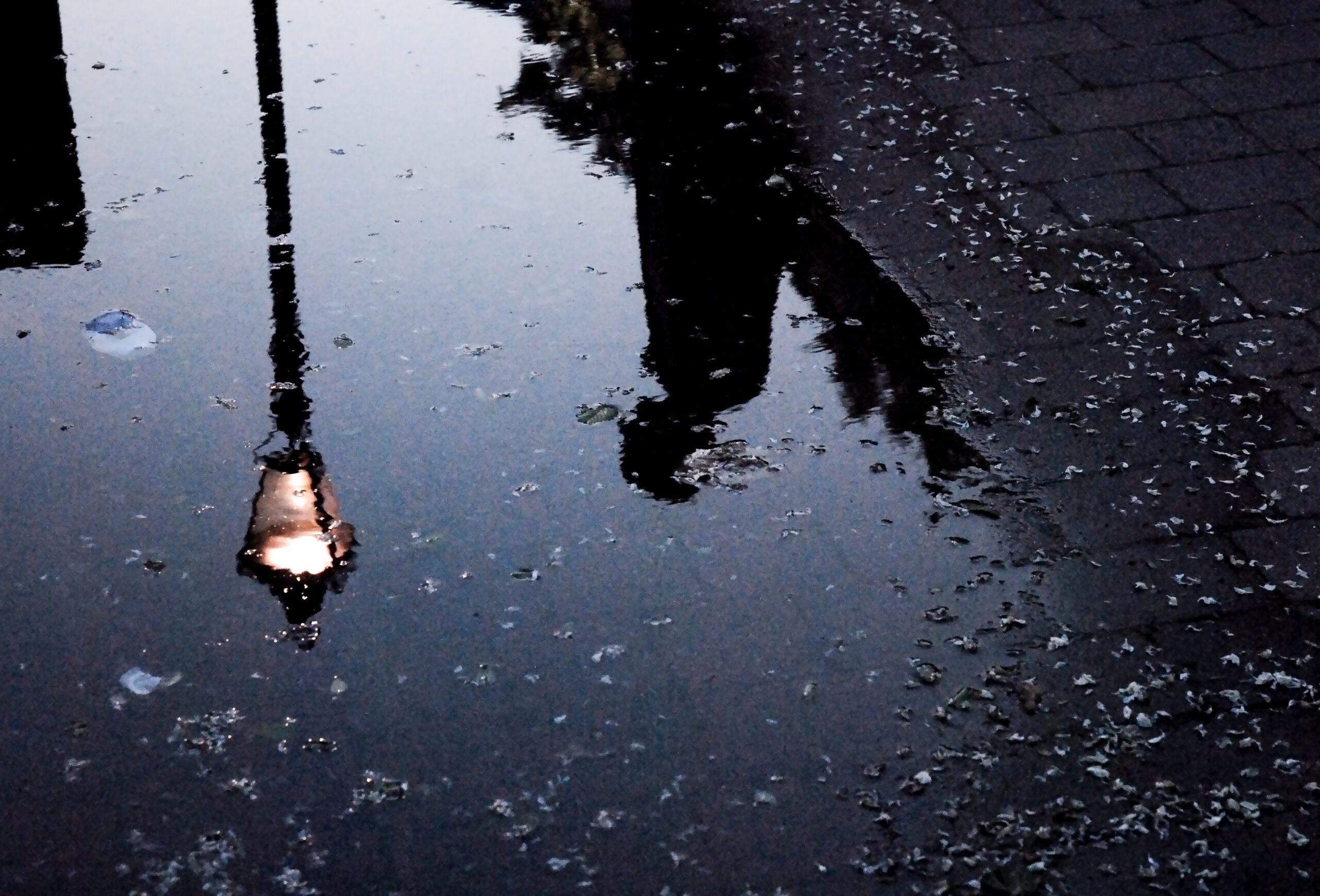
Last year Georgina levelled up her collection of historic shots once again with a Kickstarter campaign for a book that compiles the most extensive collection of her work to date. Entitled Drumz Of The South: The Dubstep Years (2004-2007), the book doesn’t just feature her most famous photos of the legendary pioneers who built the dubstep and grime scene from the ground up in the early-to-mid 2000s, but also the London spaces and places that played a role and incubated the movement in the first place.
The Kickstarter was a huge success and hit the £20,000 target within a week of it being launched and went on to raise over £26,000 allowing Georgina to create the book which went on pre-order in December and starts shipping this week, Friday January 14. We called up Georgina to hear more about the genuinely magical musical and cultural sweet spot she came through as both a photographer and an unabashed music fan.
This starts with a love of music and wanting to share it with as many people as possible, doesn’t it?
Yeah, you’ve nailed it. That’s how it started and how it’s always been. I’ve always had this innate desire to record and document what I’m experiencing. At a young age I used to write diaries, then when music became a big source of inspiration in my life I was recording and documenting that instead of just documenting my own life. That started with zines for punk bands I used to follow. From the age of 16 – 18 I followed my mate’s band around Coventry, Wolverhampton, London. I’d follow them and make zines. He taught me loads about music.
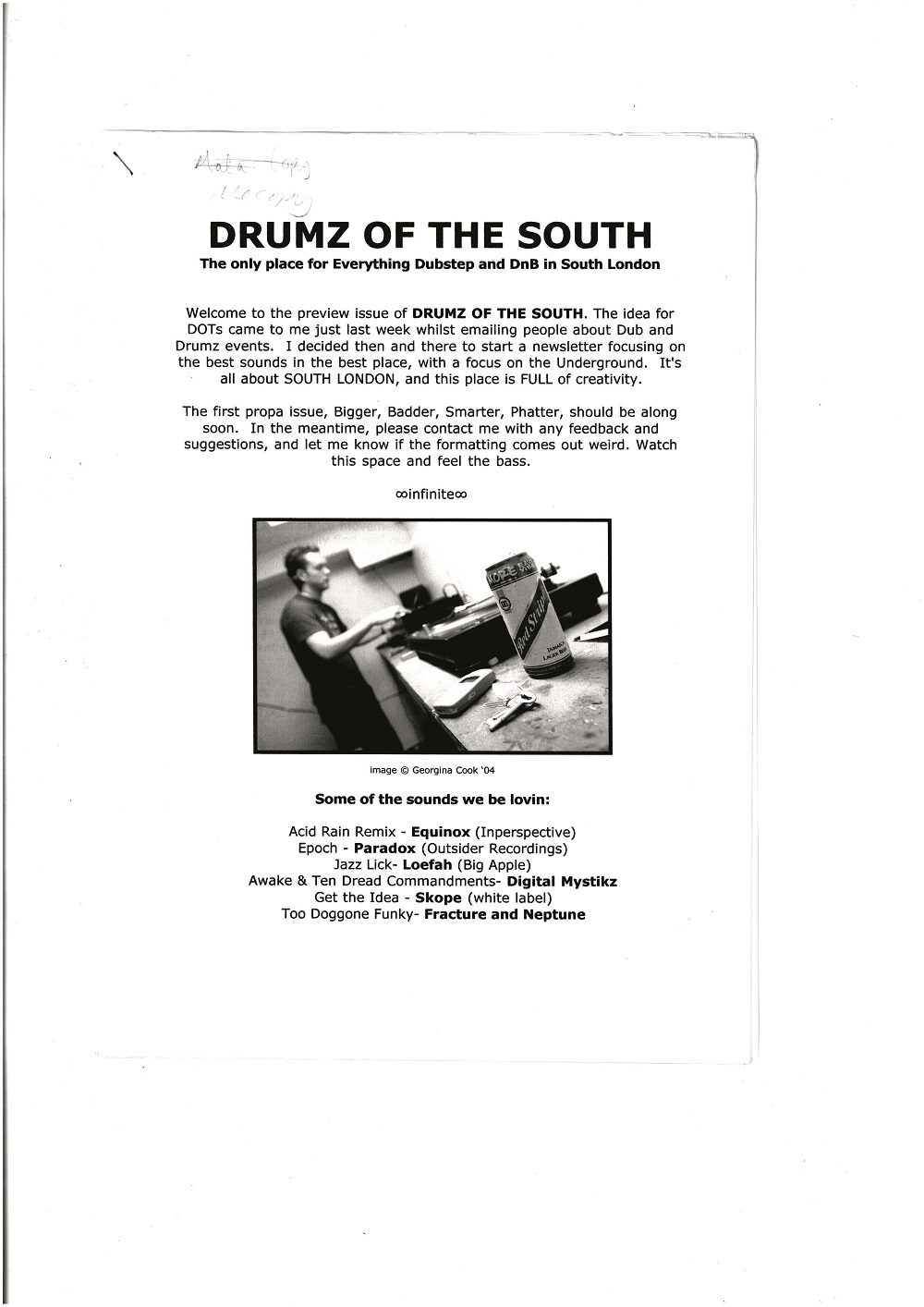
Oh cool. I guess that’s why you took to blogging very early. Blogging was a new type of zine when it first came along wasn’t it?
Yeah I found blogging really interesting. I was never a prolific zine maker, it was just for the band and the circle of fans around them. Blogging allowed me to be a lot more prolific in what I did, it was just a no-brainer to go from working with printers and paper to doing it all online. It was so instant, and you knew there was potentially an audience out there for it, immediately. We take it all for granted now. Not in a dewy-eyed nostalgia type of way, just in the way that we’re so lucky we have all this technology. When it came along in 2004, web 2.0, it was really exciting. It allowed us all to connect on a global level. We had AIM, Myspace, Flickr, blogs, forums, none of them hadn’t existed before that moment.
It’s no coincidence that this music blew up the way it did because of the tech that was happening at the time.
Yeah I agree. I think dubstep and grime were the first genres to embrace the internet but while still having one foot in analog processes and technology. They’d share the events online, but also do flyers, for example. This guy Deapoh would archive all the mixes and radio shows he could find and put them all on his site Bare Files. That was the first time I can remember anyone doing something like that. But, at the same time, they also had record shops and cut dubplates and were very much rooted in the real physical spaces, too.
This all takes root in Croydon for you. What was the scene like prior to dubstep? I know you’ve mentioned a thriving D&B scene in South London and live bands. Take us back to those years that led up to dubstep…
There wasn’t a huge amount of venues in Croydon. Not venues where you could hear good alternative music. The Black Sheep Bar was the only place you could do that. They had a club called The Cage where they did D&B events where they had everyone down. I got to know DJ Flight and DJ Bailey quite well through The Black Sheep Bar and The Cage. So the DnB thing was huge around that time across all of South London and Brixton was a hot spot for events of all kinds. You had the Hootenanny which is still around now. There was a night in Balham called One Taste where people like Kae Tempest, Jamie Woon and even Little Dragon played there. So that was great for live bands. Hip-hop was also massive. My camera got broken at a Phi Life Cypher show in Brixton but the fact I was even at a Phi Life Cypher gig in Brixton was just amazing.
That was the South London melting pot. Was it always photography or have you also been a keen writer too?
Photography was always the main thing that I nurtured and developed. I started working for a local newspaper as a junior photographer when I’d turned 19 and by then I’d already taken a lot of photos of bands. I was taking photos at school and had two friends called Lisa and Lisa who would tease me about always taking photos and would have this little song, but now I’m like, ‘Ha!’
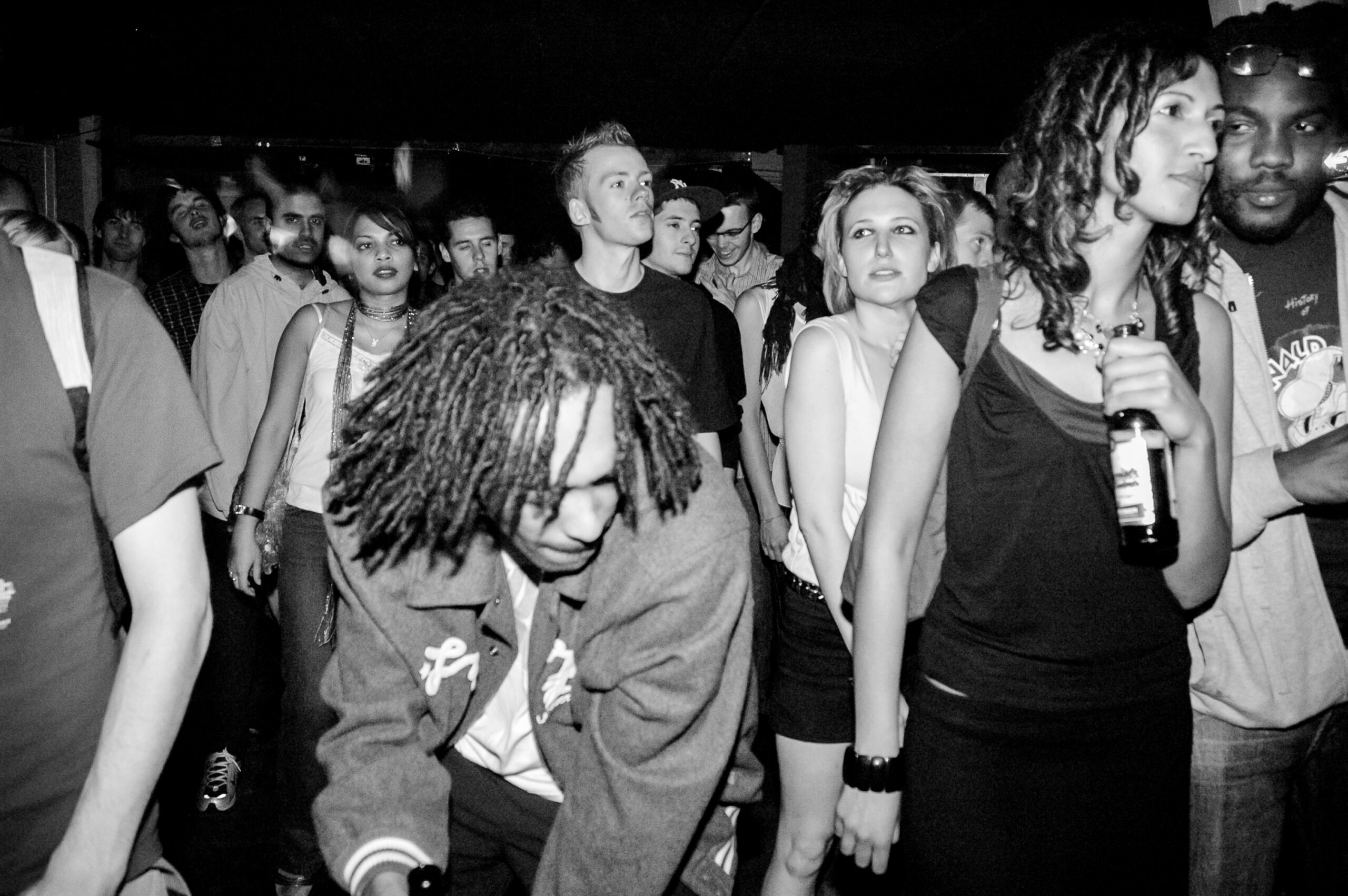
Haha. Was there a defining point where you knew you were capturing something magic?
Straight from the off. I always had this feeling like I’d missed out on the start of things. I’d missed the start of drum & bass, hip-hop and garage. I was never there for the birth of any particular scene. I kinda was when garage was starting but my relationship with that was going to under 18s and dressing up and dancing. But when I heard dubstep for the first time, I knew it was special. It was like nothing I’d ever heard before and it was being made in my area by people I knew. I needed to get involved. I never had any idea how big it would become by any stretch of the imagination but I knew it was important and I needed to be documenting it.
You’ve mentioned Mala’s B being a key track for you. What other tracks really stand out from that time?
Anything by Benny Ill and tracks like Highland Spring by Horsepower and anything DJ Hatcha did. The whole of his Dubstep Allstars Vol 1 album just blew me away. I had that on loop. I loved the really warm percussive sound and the sampling guys like Horsepower did, like Bollywood films and beautiful flutes. Tracks like High Plains Drifter’s Sholay and also Red by Artwork, which I’ll always love. It’s hilarious, it’s like a garage version of Flat Eric. Obviously there was Kode9 and The Space Ape, or Daddi Gee as he was known back then. And DJ Youngsta sets. Seeing him at FWD. I’ll never forget hearing him there.
You wrote about your first time seeing him on your blog. How exciting it was and how you’d made the pilgrimage in your mum’s car.
It was really special. You’d be looking forward to it all week, then you’d be driving down listening to the Rinse show and just the whole experience was really intense and exciting. It was bloody brilliant. It highlighted just how important regular nights are. It brings people together and allows communities to form. The fact it was on a week day, too. That’s really clever. You’re cutting out the people who just come to get pissed up and pull women. As a woman it always felt like a safe space. Everyone there was there for the music. There was something really clever about it being in the week.
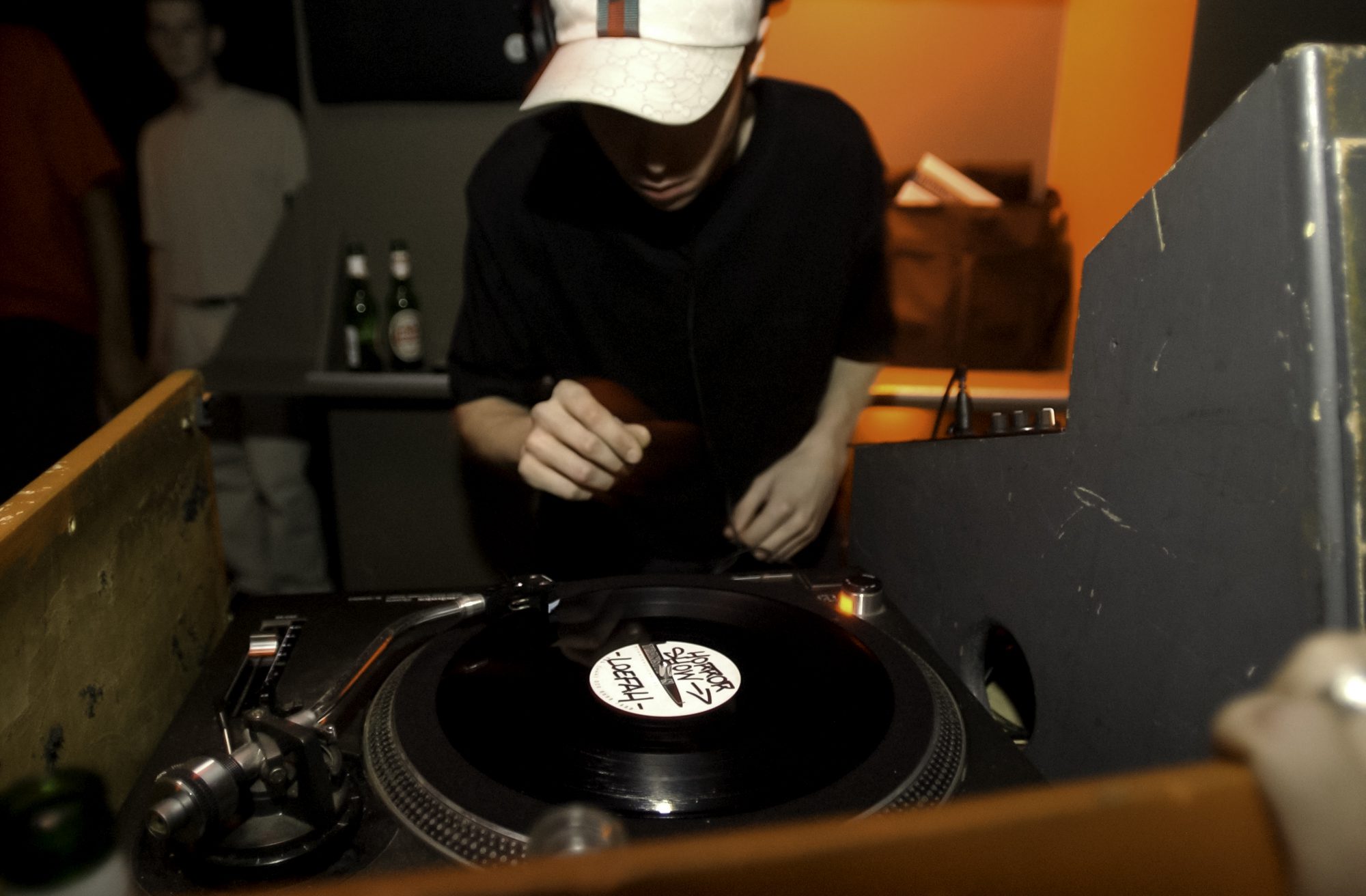
Yeah totally. It’s a proper scene then isn’t it? Everyone contributing to it and actively taking part…
Yeah it’s great. You’d see people passing dubplates around or you could see some very happy DJs if they’re walking around with a bunch of dubs they’d been given. I don’t want to get all jumpers for goalposts nostalgia, but it was very very special. And that was all down to Ade Fakile and the team that ran Plastic People. They really thought it through and made it all about the music.
Not just dubstep but it was also a key place in broken beat
Yeah Co-Op was another amazing night. You also had a night called CDR where artists could go and play their WIPs and unfinished tracks. Also Bash! with Bug, which was all about soundsystem culture and dub and dancehall. It was a unique place.
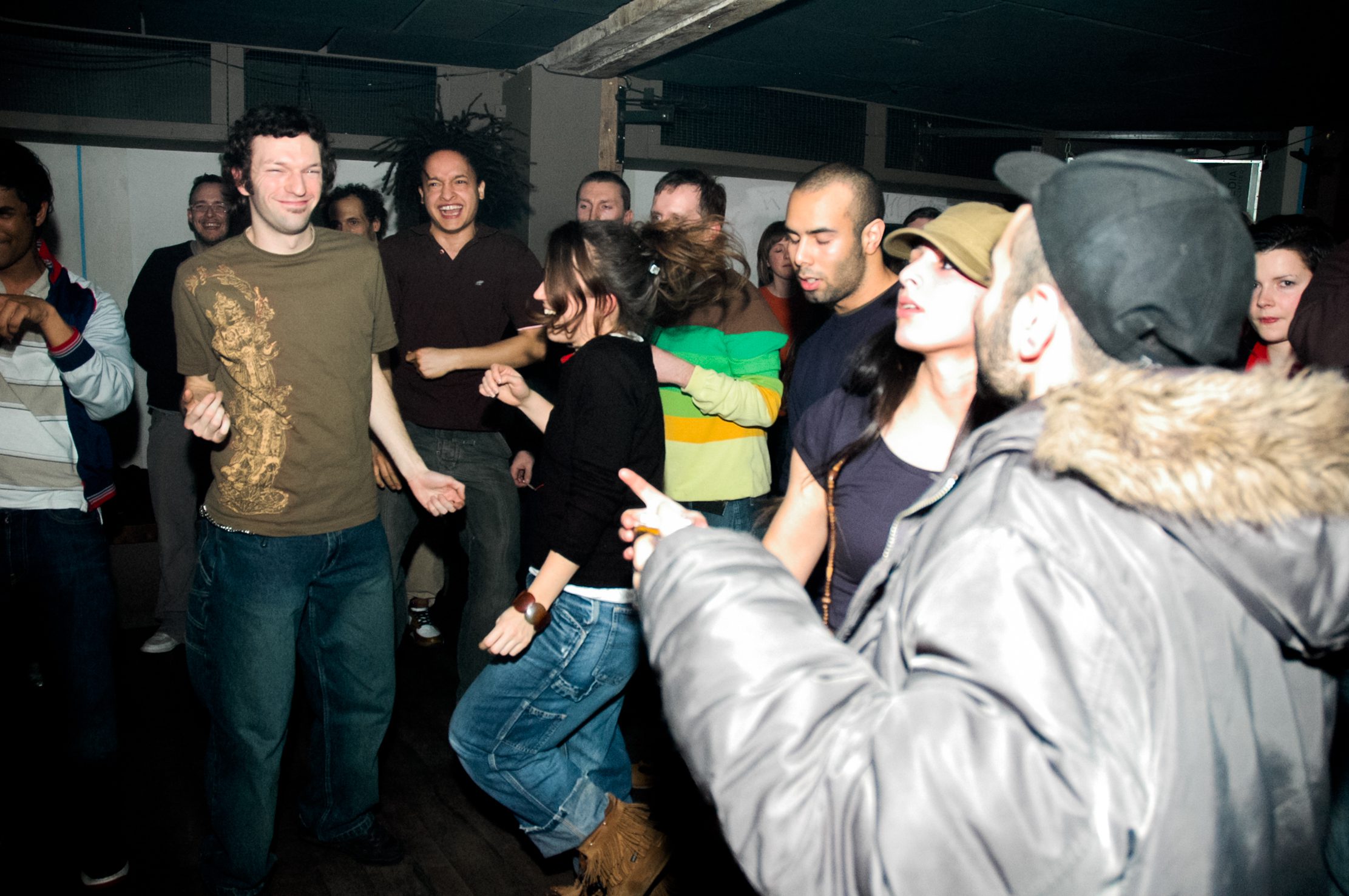
Who are the biggest unsung heroes from this time?
Oh there are loads.. I don’t think Sarah Souljah gets enough props for everything she did. For putting FWD on and supporting Geeneus and Rinse FM. It’s down to her that they became a licensed radio station. She doesn’t get enough props. She’s known in the industry but not enough people know that outside the scene. I don’t even have many decent photos of her either which is a shame.
No way
There are a few people I didn’t manage to take photos of. Either they were too shy, I was too shy to approach them or it just never worked out. But there were other key figures who were part of the scene and worked so hard behind the scenes. Like Steff and Sana who did the door at DMZ, Steff now runs Musik Matter who look after Deep Medi and help labels run. There was Deapoh who I mentioned earlier and ran Bare Files where people from all around the world could discover dubstep. Blackdown doesn’t get enough props, either. Not just for being a great label owner and producer and DJ but also as a blogger. Heny G too. He was involved in the whole economy and ecology of pirate stations. There are so many people who could get more props.
Did you have any blasts from the past when you were putting the pictures together for the book? Anything you’d forgotten about and hadn’t thought about for years?
I engage with the photos a lot as part of my work, but there were some sets I’d forgotten about. Certain nights that I’d forgotten about for example. But I licence these photos frequently, so I’ve had to look through them regularly. I went through them more deeply when I did my installation at The Tate three years ago so I’m quite familiar with them all. One thing I do always consider a lot is how much of a challenge sequencing can be and how to get the best balance between iconic photos that are more incidental or abstract. The ones that give you a feeling of being in a club. I also need to balance them out with pictures of London. That’s important for me, to have the environment shots.
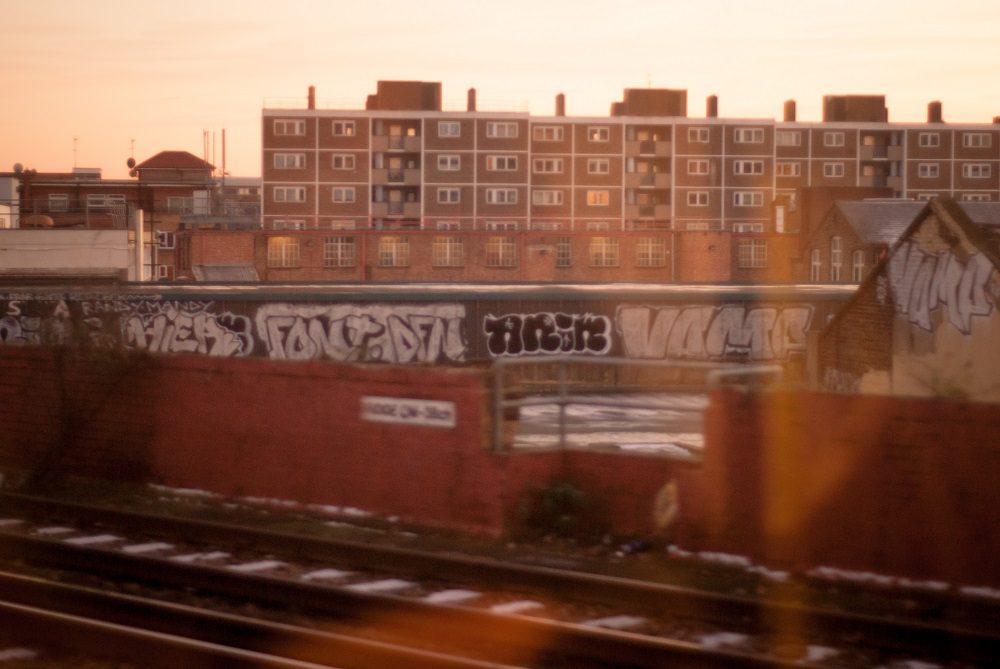
Totally. It’s a product of cities like London. Would you say it’s a product of South London?
I’ve thought about this a lot and I’ve spoken to Kode9 about this. My blog was Drumz Of The South because it was about South London music. Dubstep is known for coming from Croydon but you also had guys like Slaughter Mob and the Hot Flush crew, they were from North. Then grime was going on in East London.
I don’t know why South London is so important to it all, other than the fact most of the producers came from here, but if you took South London out of the occasion would it still have happened? Yes, I think so. Kode9 has said stuff along the lines of collective consciousness. Things are never invented by one person or one idea, it’s usually the product of global culture and the technology happening at the time. Photography is a good example: two people in different countries were both working on inventing photography at the same time, for instance.
Ah true! It’s a product of a wider context and culture that’s happening and it’s the people who take that and spread it
It’s what Kode9 calls the contagion. He was talking about viruses long before we knew about COVID! So yeah, I have thought about this a lot. Are we doing it a disservice when we associate one location with a movement because it excludes the crews and collectives and communities dedicated to it elsewhere? It’s never meant to be a disservice and while it started here, I’ve always loved the way it’s brought the people involved in it together, no matter where they are in the world.
Totally. I wanted to get your thoughts on the importance of documenting music. Be it with photography or words.
It’s hugely important. These are stories about amazing people doing amazing things and if we don’t tell their stories then we’ll only ever hear the mainstream voice, the privileged voice, the voice that sadly rules everything. It’s important on a small local level and on an individual level and really important on a global and political level, too.
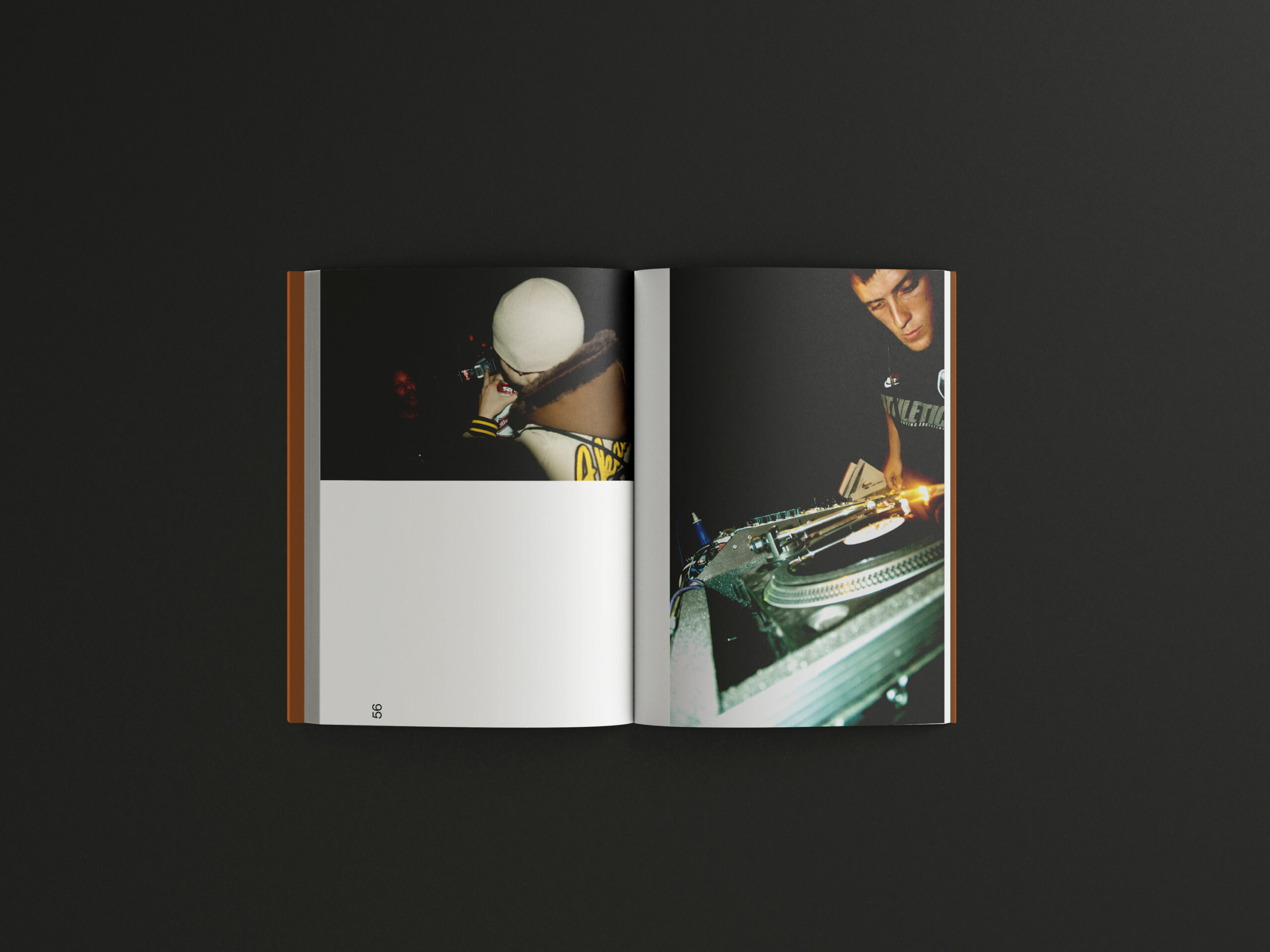
Definitely! Was a book always part of the plan for you?
After a few years of documenting it I thought it would be a good idea then 10 years later I was still seriously thinking about it. I kept thinking ‘I need to do a book’ more and more over the last 10 years. I’d tried in a few studios to sequence it, but I never followed through and always had reasons to not do it: being freelance, life things, whatever.
Then came turning 40 and my priorities changed a bit. Not to get morbid, but I thought if I get to my death bed and I know this book hasn’t been made then I won’t be very happy. It feels like the most important work I’ve done so far and I don’t want to keep it to myself. Also I need to move on from it in a positive way. It’s such a defining part of my career and my identity.
Yeah of course! What’s your relationship with these photos like? I know a lot of artists who’ve had a very significant body of work over everything else they’ve done that they find it hard to move on. Or move fans’ expectations on…
Well it means I’m tied to my computer a lot! There’s so much admin involved in licensing and managing the archive. It’s a thing that I do and it keeps me occupied but I want to go crazy in the studio again, get experimental, print things out, put things together, do mad shit. What has been cool is that I’ve gone from licensing pictures here and there to getting a steady trickle of work from them every week and now this project has enabled me to tell the story on a much deeper level. Now the book is complete, the story has been properly told.
Closure! Congratulations on rallying the troops, raising the funds and making it happen…
It’s mad humbling. I can’t believe it. It’s testament to how special that time was and there’s a lot of people out there who know that and a lot of people who were too young to be there but recognise how special the time was and want to celebrate that. The support has been incredible. Thank you to everyone who’s got involved and supported this.
Pre-Order Drumz Of The South: The Dubstep Years (2004 – 2007)
Follow Drumz Of The South: Instagram / Twitter / Facebook / Website
